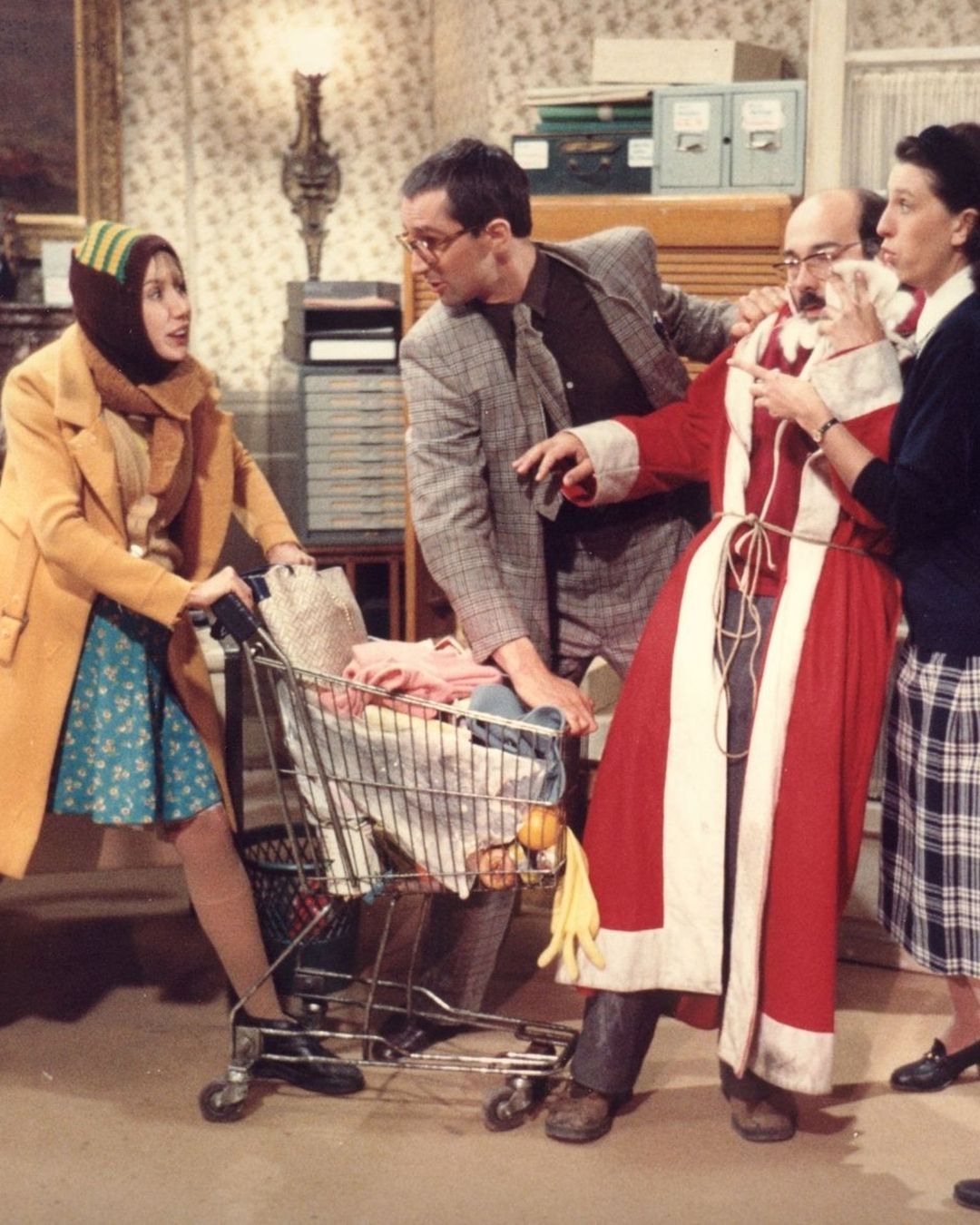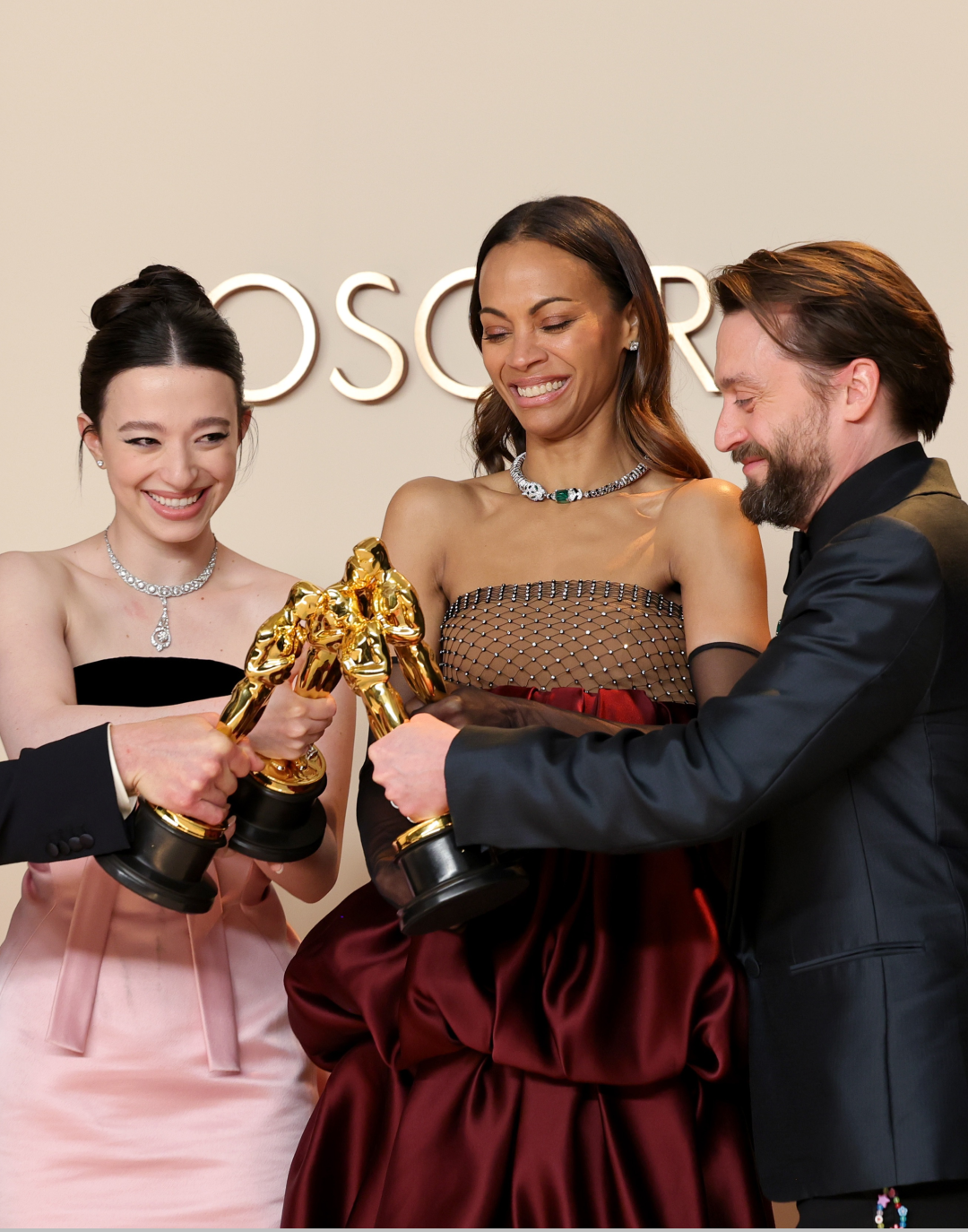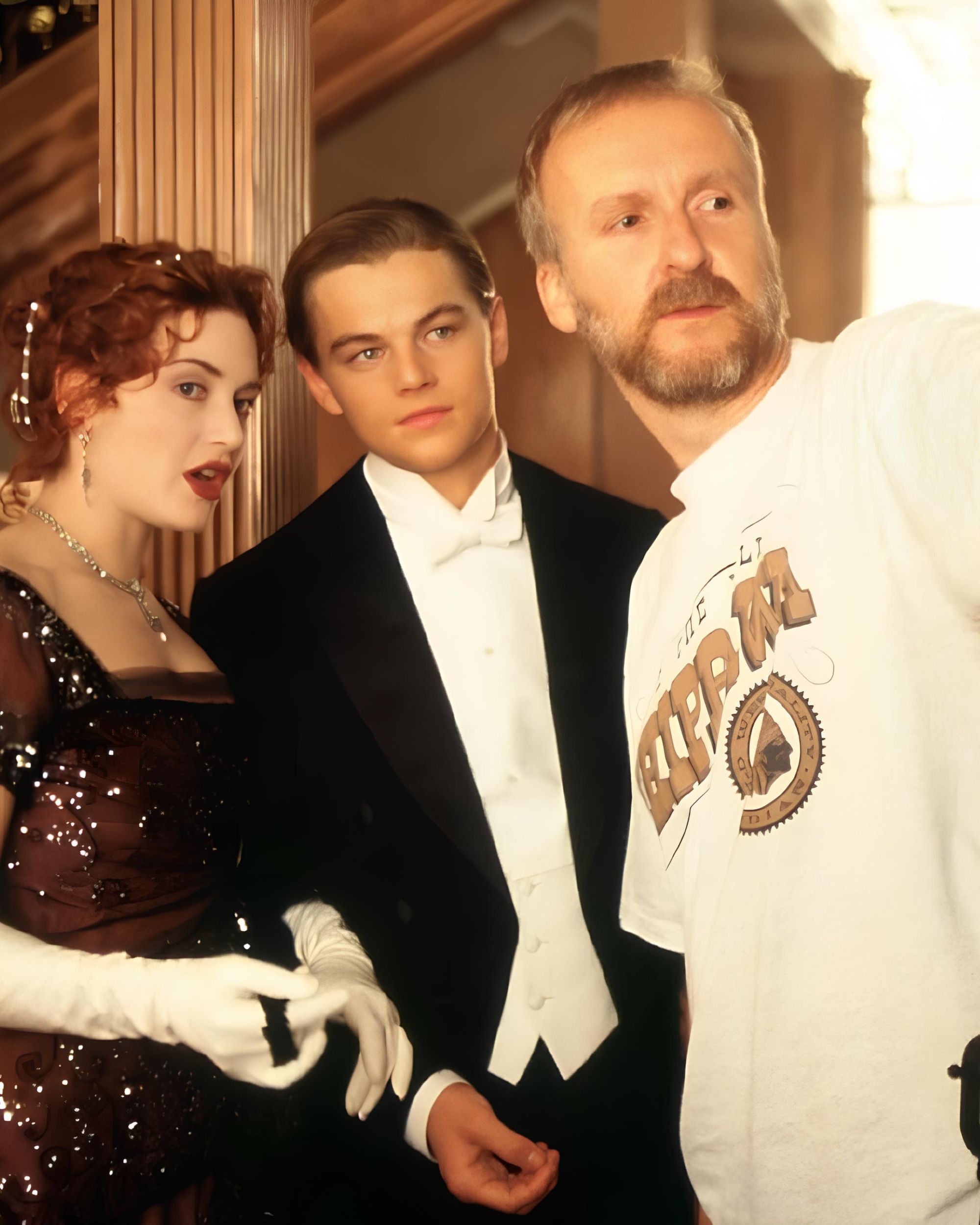
It's the beginning of the end for cabe television More and more consumers, starting in America, are choosing streaming
«Streaming is officially the new king of television.» With this headline, the New York Times announced that, for the first time, in May 2025, Americans watched more streaming content than cable and broadcast TV combined. According to the monthly report The Gauge by Nielsen, which monitors television consumption habits, in May 2025 streaming accounted for 44.8% of total viewing time, surpassing the combined share of cable (24.1%) and broadcast (20.1%), which together reached only 44.2%. The report also compares current data with that of May 2021: in four years, U.S. streaming has seen a 71% increase, while satellite and cable viewing has declined by 21% and 39%, respectively. Among the key players in this shift is YouTube, which alone accounted for 12.5% of TV viewership in May 2025, making it the most-watched streaming platform, ahead of Netflix (7.5%), Disney (5%), and Amazon Prime Video (3.5%). Alongside giants like Netflix and YouTube, free ad-supported services are also gaining ground, such as Pluto TV, Roku Channel, and Tubi, which have reached a total audience share of 5.7%.
@abbiesteinerr like those kids know what they are doing #ipadkid #relatable #ilovemyipad original sound - liljmemes
But behind this already significant transformation lies another surprising insight. While it is expected that young people were the first to abandon traditional TV in favor of streaming, it is less expected that the over-65 audience, the so-called baby boomers, are also proving to be a key group in this change. Older viewers watch a lot of TV—more than any other demographic segment (one third of the total audience belongs to this age group)—and in recent years they have shown a preference for streaming, with free, no-subscription platforms leading that preference. According to the Nielsen report, in May 2025, viewing time on YouTube among over-65s increased by 106% compared to May 2023, equaling that of children under 11, another group traditionally very active on YouTube. American boomers have also enthusiastically embraced free ad-supported services like Pluto, Roku, and Tubi, unlike other age groups who tend to dislike advertising interruptions. According to Brian Fuhrer, Nielsen’s vice president, «advertising is not a barrier for this age group, which has always been accustomed to traditional TV commercials.»
Say what you will about boomers but I would never speak ill of the generation that invented watching TV while you eat dinner
— hannah jones (@hannahjonescool) January 31, 2025
Streaming got a big boost during the COVID pandemic, when millions of people were looking for home entertainment because they couldn’t go out. And while streaming continues to gain ground, a new question arises: what will be the next chapter in this revolution? Many signs suggest that the landscape is still evolving. With the proliferation of paid platforms, the risk of fragmentation and saturation increases. For this reason, bundling offers are emerging—packages that combine multiple services at a single price—such as the recent merger of Disney+, Hulu, and Max, as reported by MarketWatch, while another rapidly growing trend is ad-supported services (FAST – Free Ad-Supported Streaming Television). According to projections by Nielsen and TVTechnology, by 2028 these channels could capture up to 50% of TV advertising spending, becoming the top choice for many users. Meanwhile, live events are also migrating to streaming. The 2025 Super Bowl, for example, was broadcast on Paramount+ and set an all-time sharing record, proving that streaming is capable of handling major live events, once the exclusive domain of linear TV.













































